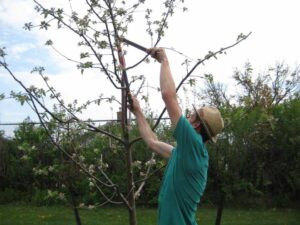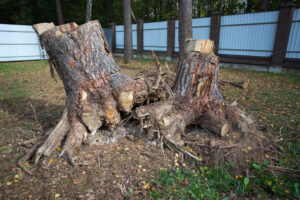Don’t Neglect Your Trees: Understanding the Consequences of Non-Compliance with Tree Trimming Regulations
Trees are vital to our environment, offering numerous benefits such as improving air quality, providing shade, and enhancing the beauty of our surroundings. Proper maintenance, including regular tree trimming, is crucial to ensure these benefits are sustained. However, tree trimming is not just a matter of aesthetics or personal preference; it is often regulated by local ordinances to ensure safety and environmental health. Ignoring these regulations can lead to severe consequences. In this article, we will delve into the risks associated with neglecting tree trimming regulations, the legal ramifications of non-compliance, the environmental impacts, and the broader community responsibilities.
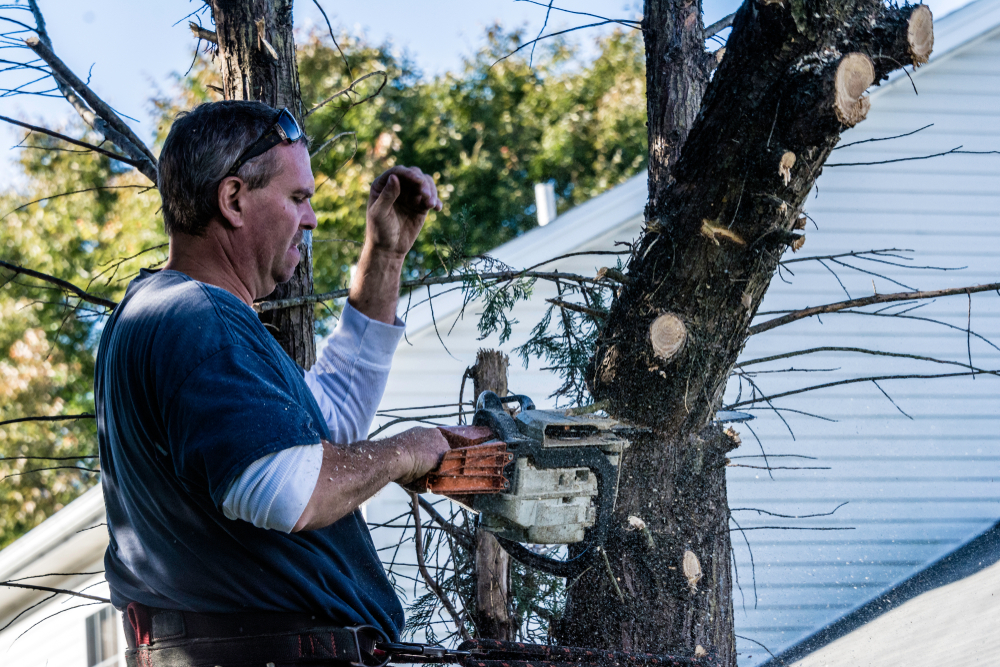
The Risks of Neglecting Tree Trimming Regulations
Tree trimming regulations serve a critical role in maintaining a safe and healthy environment. These rules are designed to prevent overgrown branches from posing hazards to people, property, and public infrastructure. When property owners neglect these regulations, the risks can be substantial and multifaceted.
- Property Damage and Personal Safety: One of the primary purposes of tree trimming regulations is to mitigate the risk of property damage and ensure personal safety. Overgrown branches can become heavy and prone to breaking, especially during storms or high winds. These falling branches can damage homes, vehicles, and other structures. In extreme cases, they can cause serious injuries or even fatalities. For example, a study by the Tree Care Industry Association (TCIA) revealed that fallen trees and branches are responsible for numerous fatalities and injuries each year, emphasizing the importance of regular maintenance.
- Accidents and Power Outages: Neglecting tree trimming can also lead to accidents and widespread power outages. Trees that grow too close to power lines are particularly dangerous. In adverse weather conditions, branches can snap and fall onto power lines, causing electrical faults and outages. The U.S. Department of Energy reports that tree-related issues are one of the leading causes of power outages nationwide. These outages can disrupt daily life, affect local businesses, and necessitate costly repairs and emergency services.
- Real-Life Examples: Real-life examples illustrate the severe consequences of non-compliance with tree trimming regulations. In 2019, a massive power outage in California was attributed to overgrown trees coming into contact with power lines. The incident affected millions of residents, highlighting the critical need for proactive tree maintenance. Similarly, in New York City, a large branch fell onto a busy street, causing multiple injuries and significant traffic disruptions. These examples underscore the importance of adhering to tree trimming regulations to prevent such incidents.
Legal Consequences of Non-Compliance
Non-compliance with tree trimming regulations can lead to significant legal consequences for property owners. These regulations are not merely guidelines but are enforceable laws with associated penalties for violations.
- Fines and Penalties: Local governments can impose fines on property owners who fail to comply with tree trimming regulations. These fines can vary widely depending on the severity of the violation and the local ordinances in place. For instance, in some municipalities, fines for non-compliance can range from $100 to several thousand dollars per infraction. Repeat offenders may face even steeper penalties.
- Legal Action and Lawsuits: Beyond fines, property owners who neglect tree trimming regulations may face legal action. If a neglected tree causes injury or property damage, the affected parties can file lawsuits against the property owner. Such lawsuits can result in costly legal fees and significant compensation payouts. For example, a property owner in California was sued for negligence after a large tree on their property fell and injured a passerby. The court ruled in favor of the injured party, resulting in substantial financial liability for the property owner.
- Damage to Reputation: Non-compliance can also damage a property owner’s reputation. In today’s interconnected world, news of legal issues and negligence can spread quickly through social media and local news outlets. This negative publicity can harm personal and professional reputations, making it crucial to adhere to tree trimming regulations to maintain a positive standing in the community.
Environmental Impact
The environmental consequences of neglecting tree trimming regulations are profound. Trees play a vital role in maintaining ecological balance, and improper maintenance can disrupt this balance.
- Harm to Plant and Animal Life: Overgrown and neglected trees can negatively impact surrounding plant and animal life. Dense canopies can block sunlight, hindering the growth of other plants beneath them. This lack of sunlight can lead to a decline in biodiversity as smaller plants struggle to survive. Additionally, overgrown trees can become habitats for pests and invasive species, further disrupting local ecosystems.
- Air Quality and Climate Regulation: Trees are crucial for regulating air quality and combating climate change. They absorb carbon dioxide and release oxygen, helping to purify the air. However, neglected trees are less effective at performing these functions. Overgrown trees can suffer from diseases and pests, reducing their ability to photosynthesize and absorb pollutants. According to the Environmental Protection Agency (EPA), healthy urban trees can reduce air pollution by up to 24%. Thus, maintaining tree health through regular trimming is essential for maximizing their environmental benefits.
- Real-Life Environmental Impact: The environmental impact of neglected trees can be seen in various regions. For instance, in urban areas with dense tree populations, neglected trees have led to an increase in pest infestations, resulting in a decline in tree health and an increase in tree mortality rates. This decline has a ripple effect, leading to poorer air quality and a decrease in the urban canopy, which exacerbates the heat island effect in cities. Therefore, adhering to tree trimming regulations is vital for maintaining the environmental health of our communities.
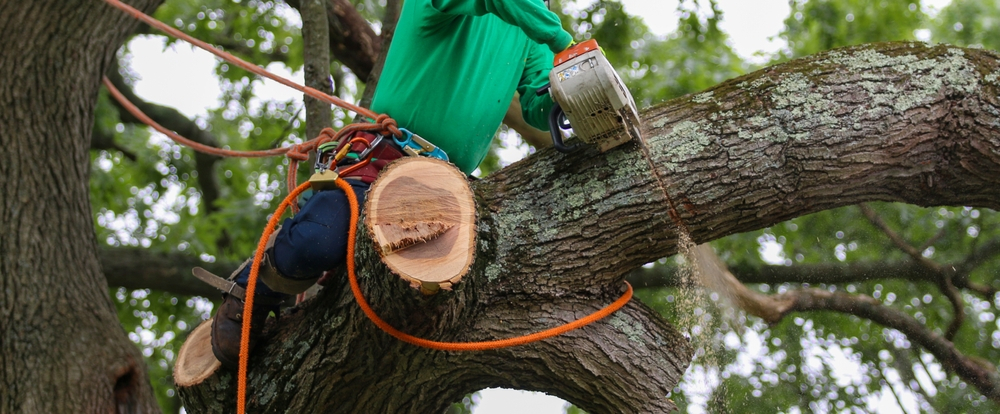
Social Responsibility and Community Impact
Complying with tree trimming regulations is not only a legal obligation but also a social responsibility. Being a responsible member of the community involves ensuring that our actions do not negatively impact others.
- Aesthetics and Property Values: Well-maintained trees contribute to the aesthetic appeal of neighborhoods. Overgrown trees can look unsightly and detract from the overall beauty of an area. This can have a negative impact on property values. Real estate studies have shown that properties with well-maintained trees and landscaping tend to have higher market values. By complying with tree trimming regulations, property owners can help maintain and even enhance the visual appeal of their neighborhoods, benefiting everyone in the community.
- Community Safety and Well-being: Overgrown trees can pose safety hazards, as discussed earlier. Ensuring that trees are properly trimmed reduces the risk of accidents and injuries in the community. Additionally, well-maintained trees contribute to the well-being of residents by providing shaded areas, reducing heat, and enhancing the overall quality of life. For example, a study by the University of Washington found that urban green spaces, including well-maintained trees, contribute to lower stress levels and improved mental health among residents.
- Encouraging Community Action: Property owners should not only comply with tree trimming regulations themselves but also encourage others in the community to do the same. Reporting non-compliant properties to local authorities can help ensure that everyone adheres to the rules, promoting a safer and more pleasant living environment for all. Community initiatives, such as neighborhood clean-up days and tree maintenance workshops, can also foster a sense of shared responsibility and collective action.
Conclusion
In summary, neglecting tree trimming regulations can lead to severe consequences, including property damage, legal penalties, environmental harm, and negative impacts on community well-being. Trees are invaluable assets to our environment and communities, and their proper maintenance is essential for maximizing their benefits. By adhering to tree trimming company, property owners can help ensure safety, enhance the environment, and foster a sense of social responsibility. It is crucial for everyone to take responsibility for their trees and be mindful of their impact on the environment and the community. Don’t neglect your trees—understand the consequences of non-compliance and take action to maintain them properly.
In closing, remember that maintaining your trees is not just about following the rules—it’s about protecting your property, contributing to a healthier environment, and being a good neighbor. Taking proactive steps today can prevent costly and harmful consequences tomorrow. So, take a look at your trees, trim them as needed, and encourage others to do the same. Together, we can create safer, more beautiful, and more sustainable communities.
Tree Trimming Richmond
(804) 533-3943
https://treetrimmingrichmond.com/

